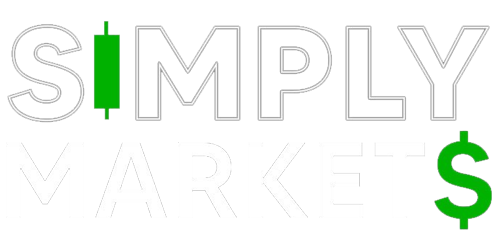What is an NFT?
NFT this. NFT that. But what actually is an NFT? Before that, let’s quickly explain the difference between a fungible asset and a non-fungible asset.

Fungible
In simple words, fungible refers to something replaceable or exchangeable. An asset or a good (ex- Gold or Silver) is a fungible asset if you can replace or exchange one part of it with another indistinguishable part. Gold, Silver, Wheat, Currencies, Oil, are all fungible goods. You can also consider fungible goods as common items that are not very rare, unique, or collectible.
Non-fungible
It is exactly the opposite of fungible i.e. something unique and irreplaceable. An autographed book or a rare old coin is non-fungible as they both can’t be easily replaced. Consider non-fungible goods as rare and unique items.
Back to NFT's...
So NFT stands for non-fungible token. Like any other non-fungible asset a non-fungible token or NFTs are basically something unique and irreplaceable.
NFT allows you to buy and sell ownership of unique digital items. NFTs are basically blockchain tokens representing a unique digital item. NFT can represent almost anything like art, graphics, music, videos, images, etc.
On a smart contract blockchain (such as Ethereum), the author generates a “token” for such an online item. This token will include information on the digital asset, such as its name, symbol, and a unique hash that validates the NFT’s legitimacy. The token can then be traded.
They are essentially digital certificates of authenticity. They are used to prove ownership of digital data, or to label anything in the digital world as your own.
Are non-fungible tokens a cryptocurrency like Bitcoin?
No, they are not. Most people (especially newbies) think they are another cryptocurrency that you can trade like existing ones. They use the same technology that most cryptocurrencies use but that doesn’t make them crypto. NFTs are not cryptocurrencies!
Example:
Consider the following example: a work of art, such as a painting. The original painting is always worth more than a copy. If you want to buy an Andy Warhol painting, you’ll only be willing to pay a premium if you can prove its authenticity. Normally, this would be done with a “certificate of authenticity.” This all sounds pretty straightforward.
But to perform the same thing with a digital file, such as a digital artwork, and identify the original from the copy, you would utilise NFT technology. It was not possible to authenticate a digital ‘asset’ previously before NFTs and blockchain technology.
Because NFT functions as a digital certificate of authenticity, you can easily verify its legitimacy while also displaying the history of its prior owners and original author. In this manner, you can check the authenticity of digital art and pay a premium for a digital artist who created the NFT.

Other Applications of NFT Technology
NFT technology is being used throughout the digital world. Decentraland, for example, is a virtual world (worth more than $7 billion) in which users may own digital land that can then be sold or used for advertising. NFTs may be used in online games to establish ownership of rare digital objects, which players can then trade among themselves.
Nike, Coca-Cola, NFL, Disney, and even McDonald’s, as well as numerous major music companies, such as Universal, are joining the NFT industry.
A very exciting market indeed!

